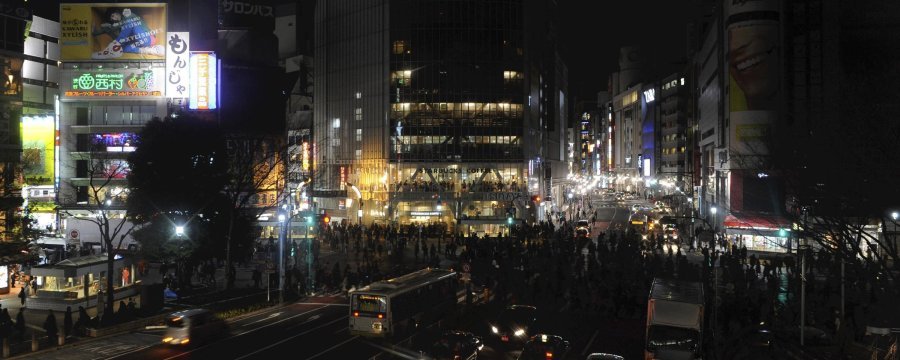
TOKYO MAY GO DARK AT ANYTIME
The IAEA, which still is conspicuously missing from Fukushima yet is rumored to be en route to provide on the site analysis, has provided the following update on fallout associated injuries and contamination.
Injuries or Contamination at Fukushima Daiichi Nuclear Power Plant
Based on a press release from the Japanese Chief Cabinet Secretary dated 16 March 2011, the IAEA can confirm the following information about human injuries or contamination at the Fukushima Daiichi nuclear power plant.
Please note that this list provides a snapshot of the latest information made available to the IAEA by Japanese authorities. Given the fluid situation at the plant, this information is subject to change.
Injuries
- 2 TEPCO employees have minor injuries
- 2 subcontractor employees are injured, one person suffered broken legs and one person whose condition is unknown was transported to the hospital
- 2 people are missing
- 2 people were ’suddenly taken ill’
- 2 TEPCO employees were transported to hospital during the time of donning respiratory protection in the control centre
- 4 people (2 TEPCO employees, 2 subcontractor employees) sustained minor injuries due to the explosion at unit 1 on 11 March and were transported to the hospital
- 11 people (4 TEPCO employees, 3 subcontractor employees and 4 Japanese civil defense workers) were injured due to the explosion at unit 3 on 14 March
Radiological Contamination
- 17 people (9 TEPCO employees, 8 subcontractor employees) suffered from deposition of radioactive material to their faces, but were not taken to the hospital because of low levels of exposure
- One worker suffered from significant exposure during ‘vent work,’ and was transported to an offsite center
- 2 policemen who were exposed to radiation were decontaminated
- Firemen who were exposed to radiation are under investigation
The IAEA continues to seek information from Japanese authorities about all aspects of the Fukushima Daiichi nuclear plant.
Behind Japan’s escalating nuclear crisis sits a scandal-ridden energy industry in a comfy relationship with government regulators often willing to overlook safety lapses. Leaks of radioactive steam and workers contaminated with radiation are just part of the disturbing catalog of accidents that have occurred over the years and been belatedly reported to the public, if at all.
In one case, workers hand-mixed uranium in stainless steel buckets, instead of processing by machine, so the fuel could be reused, exposing hundreds of workers to radiation. Two later died.
“Everything is a secret,” said Kei Sugaoka, a former nuclear power plant engineer in Japan who now lives in California. “There’s not enough transparency in the industry.”
Sugaoka worked at the same utility that runs the Fukushima Dai-ichi nuclear plant where workers are racing to prevent a full meltdown following Friday’s 9.0 magnitude quake and tsunami.
In 1989 Sugaoka received an order that horrified him: edit out footage showing cracks in plant steam pipes in video being submitted to regulators. Sugaoka alerted his superiors in the Tokyo Electric Power Co., but nothing happened – for years. He decided to go public in 2000. Three Tepco executives lost their jobs.
The legacy of scandals and cover-ups over Japan’s half-century reliance on nuclear power has strained its credibility with the public. That mistrust has been renewed this past week with the crisis at the Fukushima Dai-Ichi plant. No evidence has emerged of officials hiding information in this catastrophe. But the vagueness and scarcity of details offered by the government and Tepco – and news that seems to grow worse each day – are fueling public anger and frustration.
“We don’t know what is true. That makes us worried,” said Taku Harada, chief executive of the Tokyo-based Internet startup Orinoco. Harada said his many American friends are being urged to leave the capital while the Japanese government says the area is safe, probably to avoid triggering panic.
The difference is unsettling, he said. He has rented an office in Osaka 250 miles (400 kilometers) to the southwest to give his 12 employees the option of leaving Tokyo.